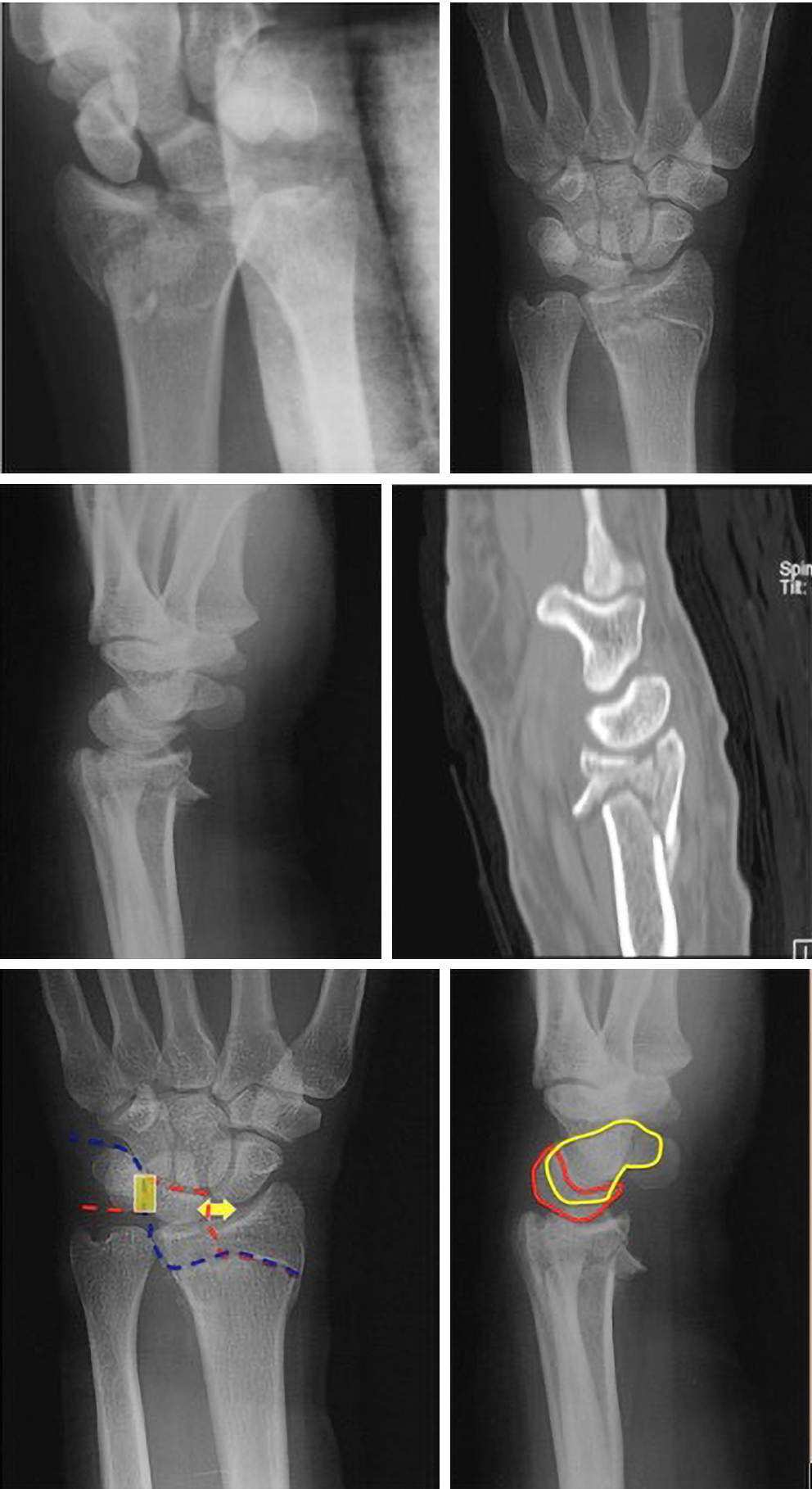

Early diagnosis and treatment for CRPS has been shown to result in recovery in 80-90% of cases. Patients with suspected CRPS can begin to show symptoms as early as 2 weeks after surgery, but symptoms can also develop several weeks after surgery. Įarly diagnosis is important for ensuring the best possible recovery. Additionally, incidences of CRPS have been shown to be higher in smokers compared to nonsmokers. For example, Roh et al recently evaluated potential factors influencing the rate of CRPS type I after the surgical treatment of a distal radius fracture, and found female patients to be 2.2 times more likely to develop CRPS type I compared to male patients. It has been reported that women, the elderly, and individuals with a psychological predisposition have a higher likelihood of developing CRPS type I. Conversely, CRPS type II is characterized by nerve involvement. Formerly known as reflex sympathetic dystrophy, CRPS type I is defined as chronic pain without an identifiable nerve injury. ĬRPS can be categorized into two different types depending on the presence or absence of nerve trauma. Possible involvement of the sympathetic nervous system, abnormal inflammatory reactions, sequelae of nerve injury, and psychological disturbances have all been considered. There are also several theories for the pathophysiological mechanism leading to the development of CRPS however, the true cause remains unclear. For fractures treated non-operatively, a correlation was found between an increased incidence of CRPS and an increase in pressure under the cast. For operatively treated fractures, excessive distraction with an external fixator can raise the risk of CRPS development. There is no definitive cause or treatment for this syndrome however, many association factors have been discovered. The rate of incidence of CRPS after a fracture of the distal radius has been found to vary (1%-37%), and often rises with increasing severity of the fracture. This review will focus on the prevention and management of complex regional pain syndrome, malunions, infections, and tendon complications after distal radius fracture treatment.Ĭharacterized by autonomic dysfunction, trophic changes, and impaired function, complex regional pain syndrome (CRPS) can occur after both operative and non-operative treatments of a distal radius fracture. Awareness of potential risk factors can aid in the prevention of possible complications. For example, a prospective cohort study designed to identify predictors of hand outcomes after distal radius fracture treatment found that increased age and lower income led to a significantly worse long-term outcome 1 year after successful surgery using a volar locking plating system. Factors including patient lifestyle, age, mental attitude, social support, comorbid conditions, and compliance with treatment can influence the likelihood for complications. Patient factors must also be taken into account when considering treatment methods. When deciding on a treatment option, it is important that surgeons focus on recognition, management, and prevention of known associated complications in order to achieve a good outcome. Complications after distal radius fractures occur for many reasons, and often vary depending on the method of treatment. Overall, distal radius fracture complications have been found to occur in as little as 6% of patients and as many as 80% of patients, pending on the definition of complication. The conservative treatment of closed reduction and casting has historically been the mainstay of treatment for distal radius fractures, however, owing to the increased complication rate associated with this treatment such as fracture collapse, surgical options, specifically ORIF, are becoming more common. These options include closed reduction and casting, closed reduction and percutaneous pinning, external fixation, and open reduction with internal fixation (ORIF). Based on decades of extensive research, surgeons have developed multiple approaches for the treatment of distal radius fractures, including both conservative and non-conservative options. Fractures occurring at the distal end of the radius are seen frequently in emergency departments, representing approximately one sixth of all fractures.


 0 kommentar(er)
0 kommentar(er)
